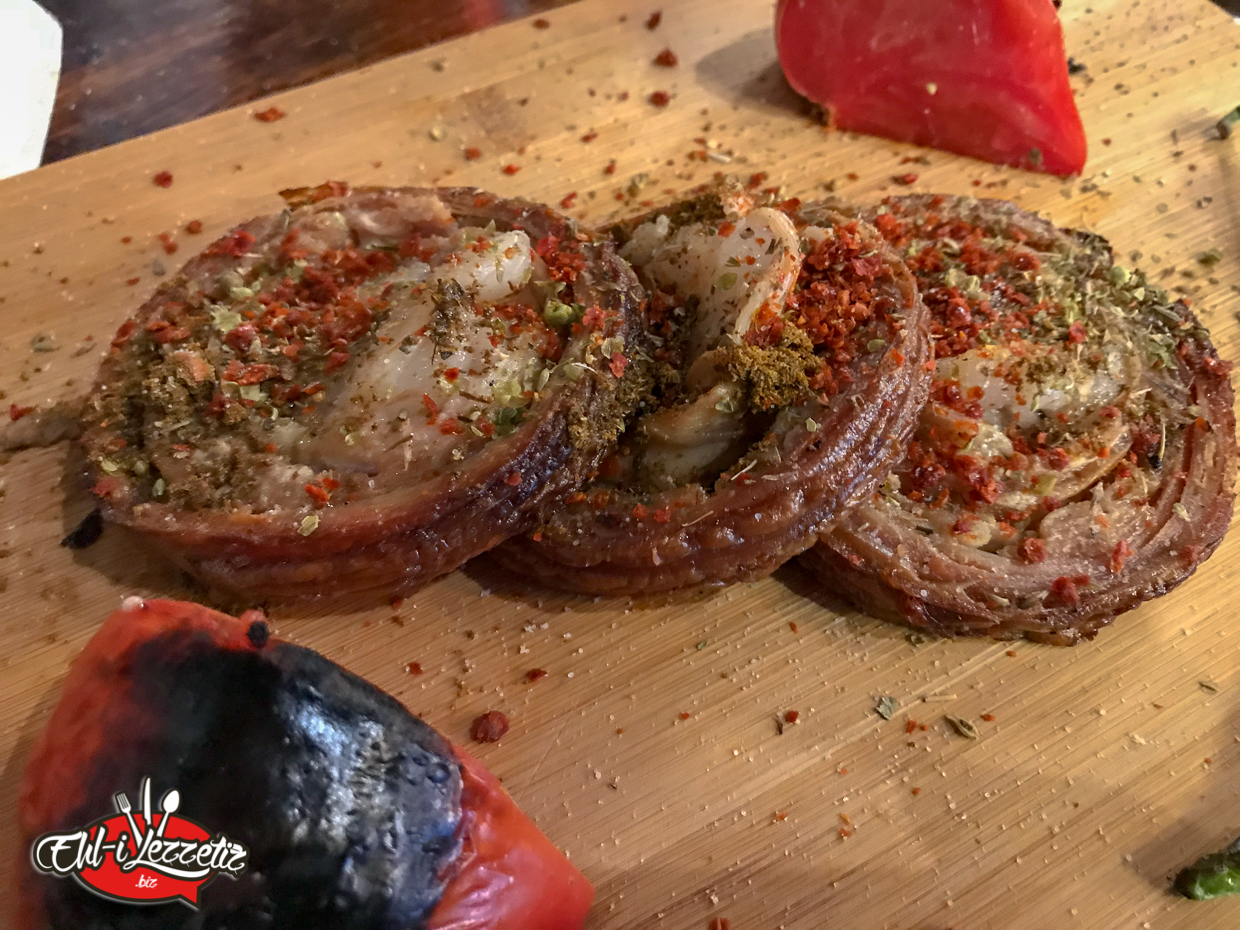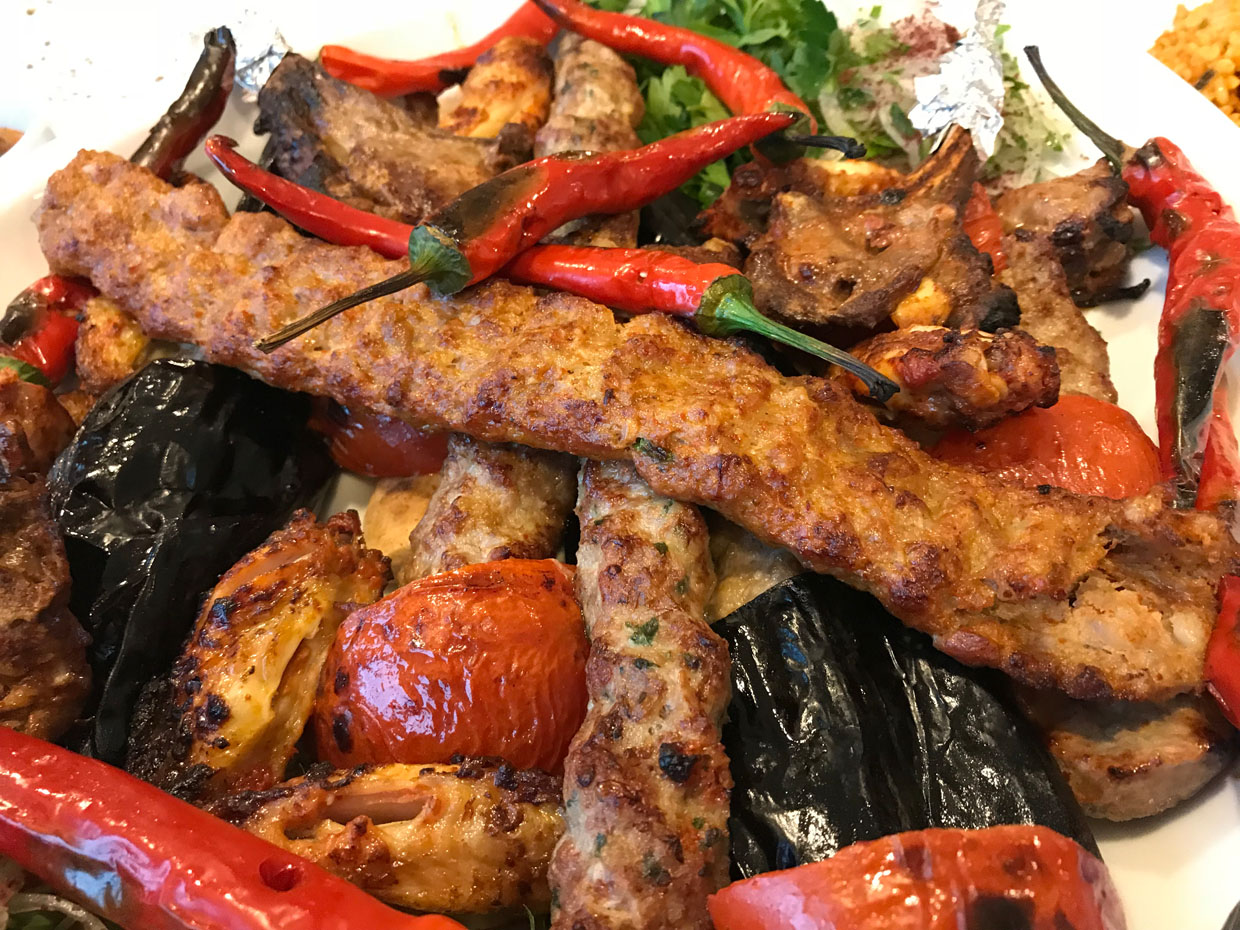Mexican cuisine manifests itself as a synthesis of French, Arabic, and Karabic traditions, especially with the ancient natives (Aztecs, Zapoteks, Otomi, Purepeshas, Haustecs, Raramuri, Mayans, etc.) and the Spanish colonial period. In the cuisine of this warm, topical country, which usually has rich vegetation, corn, beans, fruit varieties and certain types of vegetables play an important role. There are many different regional cuisines in Mexico. In the north the influence of Spanish cuisine is seen, while in the south the cuisine of the natives has been preserved.
Mexico is the homeland of some plants that have spread all over the world, such as cocoa, vanilla, avocados, peanuts, tomatoes, strawberries and corn. Traditionally, almost all dishes are made with corn. Egypt is so important that it was glorified by the Aztecs with the god of Egypt. In second place comes strawberries, which are used as a seasoning. In addition to these, gourds, beans and, depending on the region, wild boar, rabbit, rodents and castor lizard iguana are used in cooking. As pets, primarily dogs and turkeys are found.
Some Flowers: Pumpkin flower Flor de Calabaza, parts of the multi-knuckle castor fig plant and some leaves are on the menu. Agave is used in many ways: Its fresh water is given to children or is often used as a sweetener, and when fermented, it is used as an intoxicating drink in some religious rituals. Today, it is sold in distilled form as mezcal.
After its conquest and colonization by the Spaniards, new foodstuffs also came to the country; especially pork, animal fats, beef, rice and sugar. The Spaniards wanted to replace corn, the staple food, with wheat. Because corn played an important role in the foundation of indigenous religions. However, they were not successful in this endeavor, which was due to the fact that corn was more suitable for the weather conditions of Mexico. However, wheat bread was now a foodstuff for the rich. The Spaniards also brought livestock to Mexico with cattle, sheep, goats, pigs and chickens. During the colonial period, the rich elite adopted the habit of eating lamb meat, which the Spaniards loved, and most of the people ate beef. 19. In the twentieth century, French cuisine began to exert influence, which led to the prioritization of beef. During this period, olive oil stood out in the oils used to make food, pushing pork and butter into the background.
With its sauce made with chills, various spices and a little chocolate, Mole Poblano is shown as the national dish of the country. It is not clear exactly where this dish originally came from. In the 20s, anthropologist Margaret Park Redfield argued that this recipe was known to locals even before the invasion of the Spaniards. In the 70s, Judith Friedlander concluded that this dish was of Spanish origin because of the spices used. According to another claim, Mole Poblano is said to have been an invention of the nuns in the city of Puebla.
Immigrants from various countries have influenced Mexican cuisine. Italians from around Naples in the 18th century established pasta factories in Mexico City in 1790. German immigrants established breweries and made beer a common drink. Top layer of Mexico In the 19th century, he turned to French Cuisine. In the recent past, fast food from America has been largely influential. Mexico has applied to UNESCO and requested that the food culture, which has an important place in the world, be recognized as a World Cultural Heritage. In this context, it is emphasized that many culinary and cooking styles have developed their own unique specialties in different regions. Especially Cocina Poblana (Puebla), Cocina Veracruzan, Cocina Oaxaqueña, Cocina Chiapaneca and Cocina Yucateca are worth mentioning. Most of the time, Tex-Mex Cuisine is considered Mexican Cuisine. Tex-Mex-Cuisine is an American food culture. In the 50s, the New Mexican Cuisine nueva cocina mexicana was formed, where the ingredients of the indigenous cuisine were combined with the techniques of international haute cuisine (the art of high cookery). A good example is the dish designed by chef Jaime Saldívar, made with corn and mushrooms, in pancakes and served with béchamel sauce. In the 90s, Fusion Food, which is formed by mixing Mexican food with elements of international cuisines, became popular, huauhzontle pesto is a good example of this. This new style has been adopted especially by women chefs.
Tortilla breads made in Mexico.
The most important meal for the people living in the city is lunch, on working days the lunch break is longer. In the evening, there is usually only a small snack; sweet, taco or similar things or an Antojito Mexicano. The upper layer fits into the meal scheme of Spanish Cuisine. Breakfast usually consists only of coffee and small breakfast bread or a sweet baked goods. A few hours later, a snack called almuerzo is in order, for example, chilaquiles, dried tortilla strips in creamy and cheese chili sauce, or a dish made with eggs. This second caulet is especially preferred on Sundays. Unlike in Spain, lunch at 15:00 is the main meal; it could consist of soup, followed by rice or spaghetti, a meat dish and finally a dessert. Lemonade agua fresca is also drunk. For dinner, Mexicans eat only a small snack merienda. On special occasions, there are often late dinners outside. Young people meet in the evenings at places where tacos are sold. There are many recipes for making tacos – inner wrap tortillas. The people and the poor strata of the rural areas of Campesinos eat only two meals a day, breakfast and dinner, and at noon they settle for just one snack.
In Mexican cuisine, there are great differences between the coastal regions and the central highlands. In the coastal regions more fish dishes such as Cevive are known. In the north, the influence of Tex-Mex Cuisine is seen and excess meat is eaten. Lamb cabrito or dried beef machaca. In addition, the food is not too bitter. Unlike Tex-Mex-Cuisine, the dishes do not consist of mixed dishes, for example, rice is eaten before meat, that is, it is not eaten with meat.
Corn tortillas are eaten with almost all meals, which in northern Mexico are usually made from wheat flour. These pitas, which are very thin, are served hot. It is eaten by hand as a side dish, but is often served with drinks and sauce. Anthogitos are products that resemble tortillas, which are also made with corn and sold as snacks. It is possible to get it from the stands on the streets. An example of this is Quesadillas, which is a tortilla fried in oil, usually filled with cheese.
Typical dishes
Well-known dishes include Puebla’s Mole Poblano and Chiles en nogada; Pescado a la Veracruzana: a fish dish from Veracruz, Cochinita Pibil: a dish made with pork, resembling goulash; Achiote and Pozole from the Yucatáns region: A soup made with large corn grains, pork and chicken meat from Jalisco. However, tamales prepared differently according to the region are famous. Guacamole is loved for its tortilla totopos chips, or a type of sauce eaten alongside meat. A special specialty is Cuitlacochedir, made with a kind of fungus that grows as a parasite of the corn plant.
Although the area now known as Texas formerly belonged to Mexico, chili con carne and nachos are not Mexican dishes, but Texas dishes, belong to Tex-Mex-Cuisine, and are not well known in Mexico.
Chili
The homeland of the strawberry is Mexico, so it has the richest species of freckles in the world with more than 90 varieties. It is also a world leader in consumption, since there is hardly any food without freckles. It is eaten alongside a meal of strawberries, it is often found in sauces. In Yucatán, Chile Habanero is known, it is very bitter and is served with a kind of vinaigrette sauce. Another very painful ordeal is Chile de Árbol. Chile Chipotle is a very used chili in cooking, for example. For albóndigas: this is the name of the dish consisting of meat balls in tomates sauce made with freckles. The most well-known strawberry is Chile Serranodur, which is used for ordinary sauces: Salsa Roja with red tomatoes and Tomatillo Salsa Verde with green tomatoes. For the dish made only from chilli, Chile Poblano (green and large type of bell pepper) is used, it is filled with meat or cheese. Chiles en Nogada is also very well-known, where Chile Poblano is stuffed with meat, dried fruits, walnuts, cream and pomegranate. These ingredients give the dish the colors of the Mexican flag: the chili is green, the cream sauce is white, and the pomegranate is red.
Desserts
Mexico is also famous for its variety of desserts, the most famous of which comes from the regions of Michoacán and Guanajuato. Made from sweet goat’s milk fried on top, Cajeta is so loved that it is usually served between two sheets of paper halva. In addition, many desserts made with milk are known, usually combined with nuts and peanuts, often with walnuts. In addition, cocada prepared with coco and egg yolk; alegrias, made from tamarind and to which amaranth, palanquetas, various seeds or pistachios or crococanese peanuts are added. In Mexico, the combination of sweet and bitter is very popular.
Resources
• Wikipedia
• Article: Mexico, Encyclopedia of Food and Culture
• Mexican, Ömür Sam, 2005, 144 pages, ISBN 9789757054436






